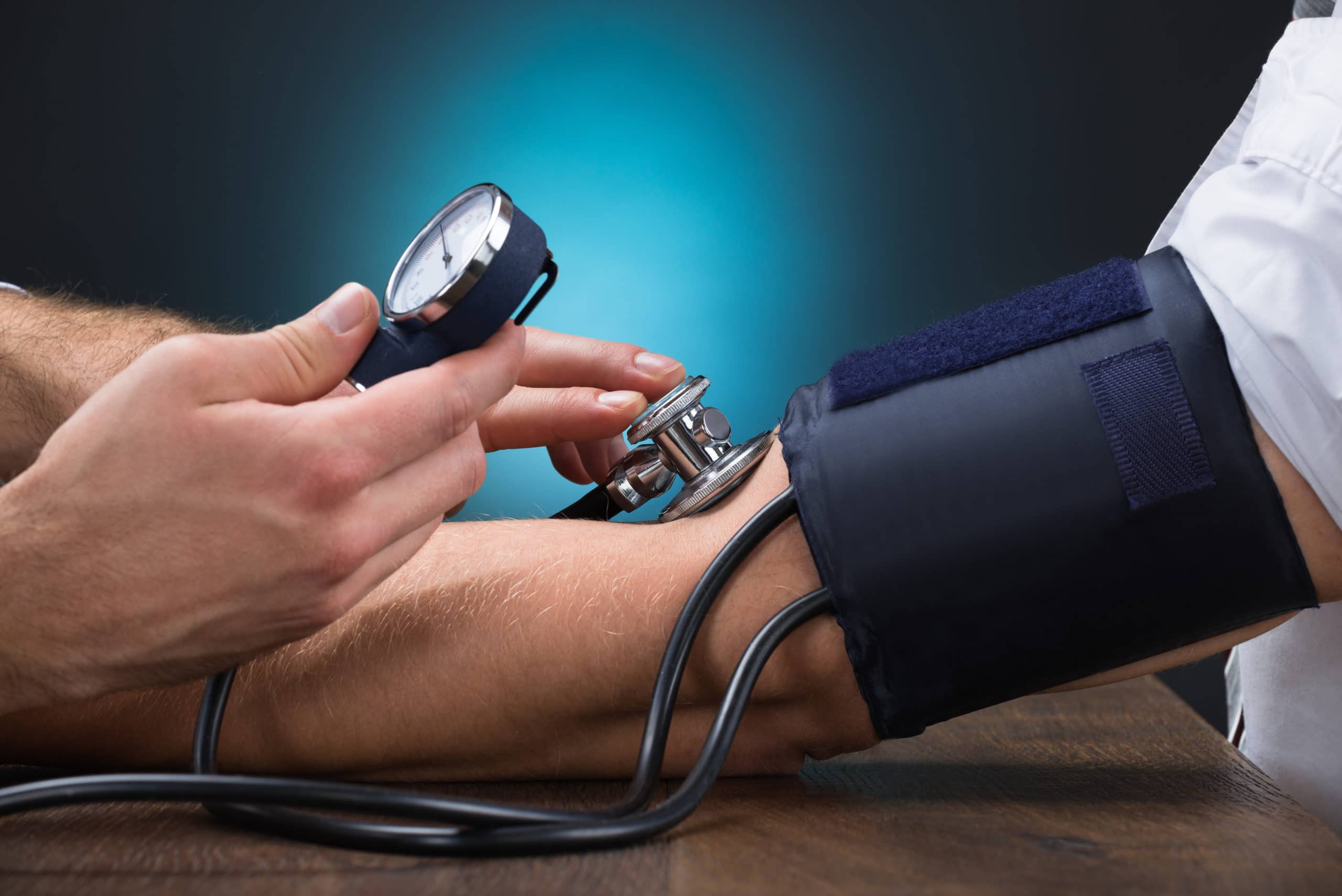General points
In 2008, high blood pressure affected 40% of the world’s population of over 25-year olds. In 2010, hypertension was the leading cause of death and disability in the world. Paradoxically, more than 25% of affected people would not take the prescribed treatment.1
In view of these figures, high blood pressure while driving is certainly common, but its effects are partially known.
In 2008, high blood pressure affected 40% of the world’s population of over 25-year olds. In 2010, hypertension was the leading cause of death and disability in the world. Paradoxically, more than 25% of affected people would not take the prescribed treatment.1
In view of these figures, high blood pressure while driving is certainly common, but its effects are partially known.
Hypertension on road
A study was conducted by Fairclough et al in 2012 which exposed healthy subjects to slow-moving traffic through a driving simulator. Their conclusion was a significant but not abnormal increase in heart rate and blood pressure during stressful situations.2
In another study, untreated hypertensive patients had significantly increased their blood pressure figures while driving and committed a higher percentage of errors than a control population. Antihypertensive treatment would correct this excess risk.3
Hypertension is also over-represented among professional drivers, affecting 73.8% of them in a recent prospective European study. Although these results can be partly explained by socio-economic conditions and the coexistence of the usual cardiovascular risk factors, the authors retained driving conditions as an associated factor.4
Currently there is no clear evidence of a relationship between hypertensive episodes and accidents. Such an assessment would require continuously monitoring the blood pressure of a large population over several years, which is difficult to carry out in practice. The only available data is post-event blood pressure measurements, but this data does not predict a prior abnormality or its impact in any way. In a context of trauma, their blood pressure levels may be due to a causal hypertension masked by the blood spoliation of a traumatic hemorrhage or, conversely, high figures falsely attributed to stress or traumatic pain.
Despite debatable levels of evidence, a few epidemiological studies conclude that there is an increased risk of accidents in hypertensive subjects.5,6
Because of these conflicting scientific findings, driving restrictions only apply if the subject displays ineffective control or impact on their driving.
A study was conducted by Fairclough et al in 2012 which exposed healthy subjects to slow-moving traffic through a driving simulator. Their conclusion was a significant but not abnormal increase in heart rate and blood pressure during stressful situations.2
In another study, untreated hypertensive patients had significantly increased their blood pressure figures while driving and committed a higher percentage of errors than a control population. Antihypertensive treatment would correct this excess risk.3
Hypertension is also over-represented among professional drivers, affecting 73.8% of them in a recent prospective European study. Although these results can be partly explained by socio-economic conditions and the coexistence of the usual cardiovascular risk factors, the authors retained driving conditions as an associated factor.4
Currently there is no clear evidence of a relationship between hypertensive episodes and accidents. Such an assessment would require continuously monitoring the blood pressure of a large population over several years, which is difficult to carry out in practice. The only available data is post-event blood pressure measurements, but this data does not predict a prior abnormality or its impact in any way. In a context of trauma, their blood pressure levels may be due to a causal hypertension masked by the blood spoliation of a traumatic hemorrhage or, conversely, high figures falsely attributed to stress or traumatic pain.
Despite debatable levels of evidence, a few epidemiological studies conclude that there is an increased risk of accidents in hypertensive subjects.5,6
Because of these conflicting scientific findings, driving restrictions only apply if the subject displays ineffective control or impact on their driving.
References
- Berra E, Azizi M, Capron A, et al. Evaluation of Adherence Should Become an Integral Part of Assessment of Patients With Apparently Treatment-Resistant Hypertension. Hypertension 2016;68:297-306.
- Fairclough SH, Spiridon E. Cardiovascular and electrocortical markers of anger and motivation during a simulated driving task. Int J Psychophysiol 2012;84:188-93.
- Schmidt U, Frerick H, Kraft K, Schenk N, Löw-Kröger A. Hypertension: A Possible Risk in Road Traffic. Journal of Cardiovascular Pharmacology 1992;20(suppl. 4):s50-s6.
- Platek AE, Szymanski FM, Filipiak KJ, et al. Prevalence of Hypertension in Professional Drivers (from the RACER-ABPM Study). Am J Cardiol 2017;120:1792-6.
- Hours M, Fort E, Charnay P, et al. Diseases, consumption of medicines and responsibility for a road crash: a case-control study. Accid Anal Prev 2008;40:1789-96.
- Laberge-Nadeau C, Dionne G, Maag U, Desjardins D, Vanasse C, Ekoe JM. Medical conditions and the severity of commercial motor vehicle drivers’ road accidents. Accid Anal Prev 1996;28:43-51.


